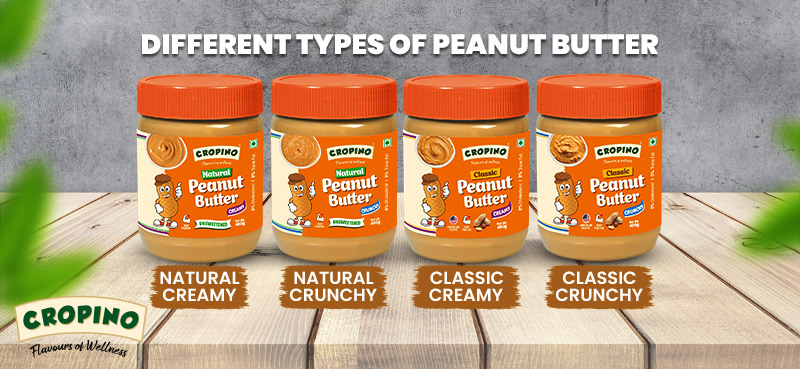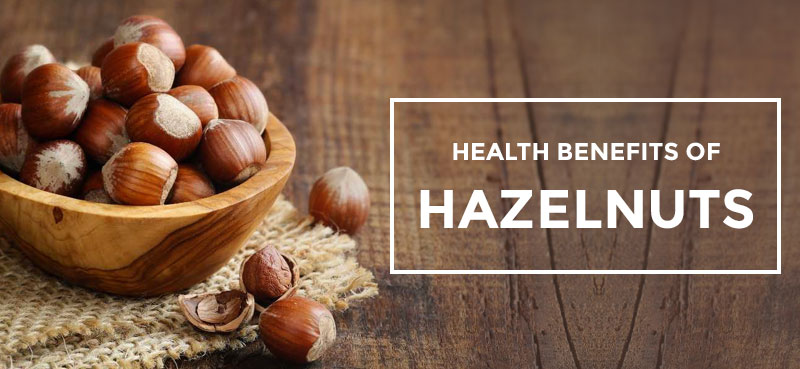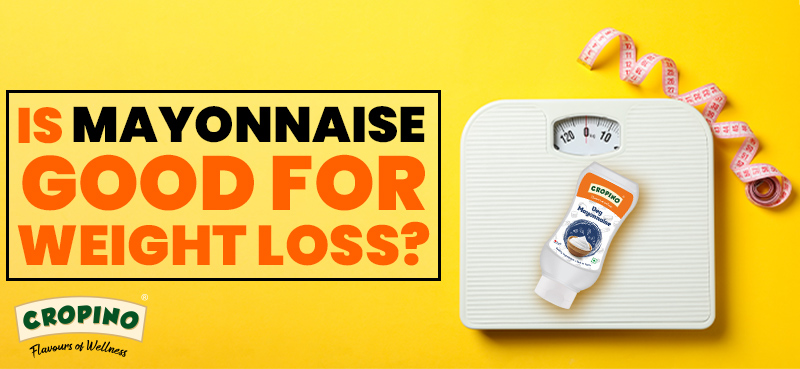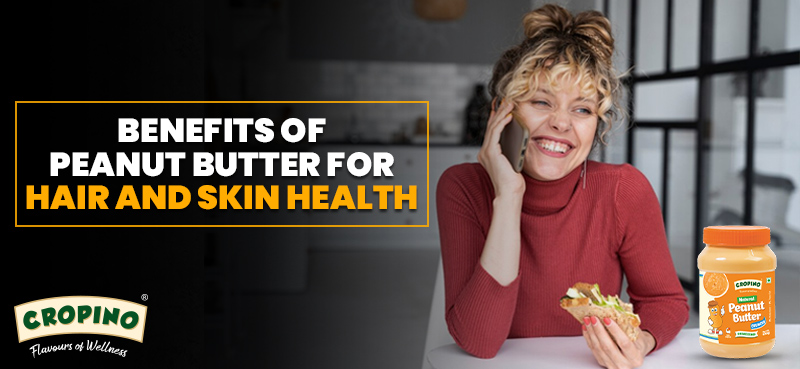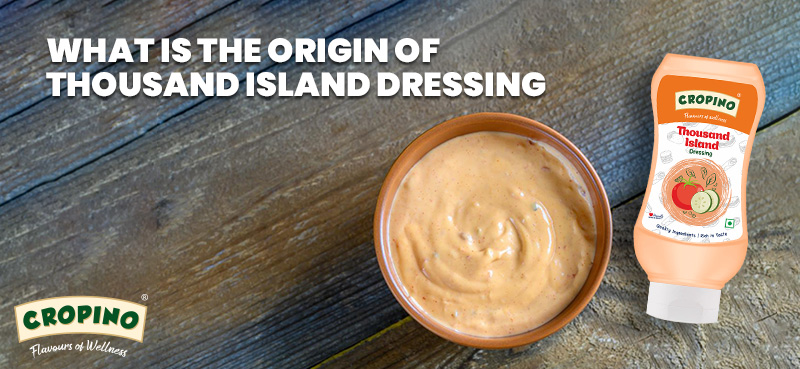Peanut butter is a favourite topping for toast, bread, and sandwiches. It may also be used during meals and sweets like cookies and brownies. Because classic peanut butter spread is prepared from peanuts, it is both nutritious and tasty. There are different types of peanut butter available.
Different Types of Peanut Butter
The grocery store shelves are dominated by three varieties of classic peanut butter: crunchy (chunky) peanut butter, creamy (smooth) peanut butter, and natural (organic) peanut butter. Subcategories within these categories include homemade, no oils or sugar added, and even powdered peanut butter. Dry roasted peanuts are typically used to make classic peanut butter. A few modifications are done to the peanut butter to vary the texture and taste. Additional substances such as an emulsifier, salt, and sweeteners are added.
The different types of peanut butter are listed here, along with their categories such as natural and organic, as well as their subcategories such as handmade peanut butter, peanut butter with no added oil or sugar, and powdered peanut butter.
1. Crunchy (Chunky) Peanut Butter
Regular
Peanut butter in its natural state contains hydrogenated oil, sugar, and preservatives. This means you won’t have to store the peanut butter in the fridge since it will have a long shelf life. You won’t need to stir it to combine the oil and nut butter.
Natural
Natural peanut butter has only two ingredients: peanuts and oil (from the nuts). It has no sugar or oil. Natural peanut butter must be refrigerated because it has no additional ingredients to prolong its shelf life.
Organic
Classic peanut butter in chunky and crunchy varieties is mostly considered organic since the nuts contain minimal or no chemicals. It is the most favoured type of peanut butter since it is organic, hence it is likely to be more expensive than the other forms of peanut butter.
Homemade
You may prepare your own nut butter in a food processor or blender. Simply add the nuts, press the button, and wait for the machine to do the rest. If the mixture is excessively thick, dilute it with a small amount of oil, such as sunflower or coconut oil.
2. Creamy(Smooth) Peanut Butter
Classic peanut butter that is creamy or smooth contains no nut chunks. The oil that accumulates at the top of containers of natural peanut butter is blended in. It contains hydrogenated oil, carbohydrates, and additional oils as well. Because of these and other preservatives, it has a shelf life of many months.
Regular
The nuts are ground first to get smooth peanut butter. It is crushed a second time to ensure that every last nut in the butter is homogenised. To extend the shelf life, oils, sugars, and preservatives are added. It will not require refrigeration.
Natural
Natural creamy peanut butter is produced in a blender or food processor by crushing the nuts. There are no preservatives, oils, or sweeteners added.
Organic
The same method that is used to prepare crunchy organic peanut butter is used to make creamy organic peanut butter. The main difference is that the nuts will not have been treated with chemicals. Smooth organic peanut butter requires refrigeration as well.
Homemade
When preparing nut butter at home, the blending procedure takes time. The mixture will appear thick and paste-like. Continue to combine it. It won’t be long until the butter transforms into the smooth, creamy peanut butter you crave.
You May Like: Creamy Peanut Butter vs Crunchy Peanut Butter
Classic peanut butter is healthy and nutritious. It is a rich source of proteins and has fibres, minerals, good fats and other nutrients too. There are different types of peanut butter available in the market. For making classic peanut butter, roasted and ground peanuts are used. In addition to this, salts, preservatives, fats, and certain chemicals may also be added.
Read Next Blog:







